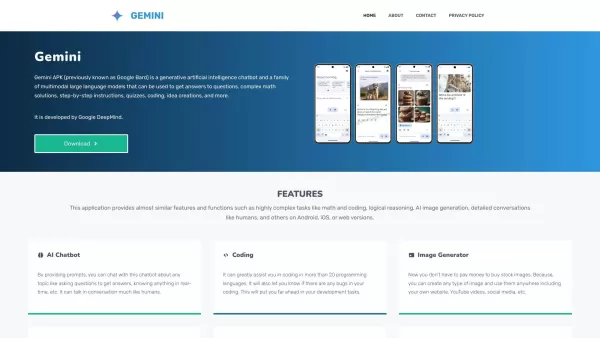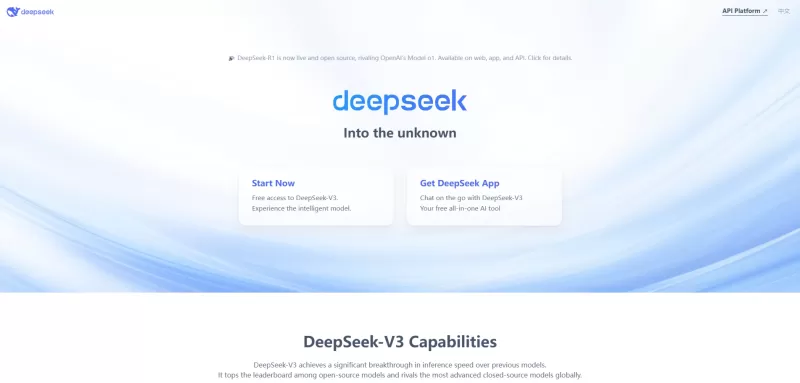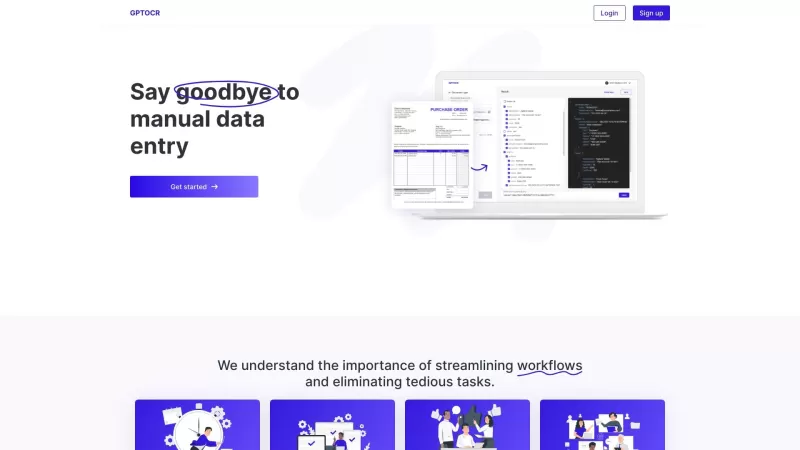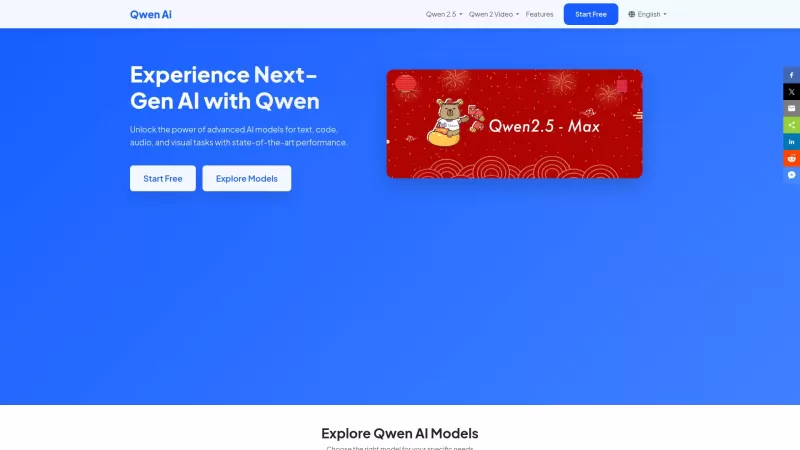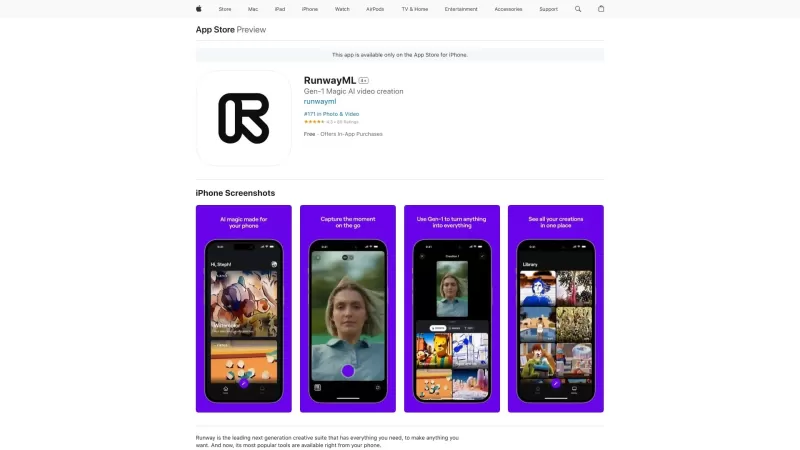Learn to Build Basic AI with Wall Collision in Rec Room (2024 Guide)
Developing AI systems in Rec Room unlocks dynamic possibilities for immersive gameplay experiences. This comprehensive walkthrough demonstrates how to construct fundamental AI with collision detection, allowing your creations to interact realistically with their surroundings. Whether you're a seasoned Rec Room designer or a beginner exploring game mechanics, this tutorial will equip you with essential techniques for implementing responsive AI systems.
Key Features
Core Components: Understanding the fundamental elements required for AI implementation
Collision Detection: Establishing solid boundaries preventing AI from phasing through walls
Circuit Logic: Leveraging event receivers and visual scripting for behavior programming
Control Systems: Utilizing boolean variables for AI activation management
Movement Mechanics: Applying vector mathematics for smooth navigation
Fundamentals of Rec Room AI Development
AI Basics in Rec Room
Basic AI implementation involves creating interactive entities capable of environmental awareness and player interaction. By utilizing Rec Room's visual scripting system, developers can program objects with autonomous behaviors ranging from simple movement to complex decision-making processes.

The visual scripting interface eliminates the need for traditional coding knowledge, making AI development accessible through intuitive circuit connections. This guide focuses particularly on implementing wall collision systems, a critical feature for realistic movement within game environments.
Essential Development Components
Successful AI implementation requires several core building blocks available through Rec Room's Maker Pen interface:
- Event Receiver: The central timing mechanism ensuring consistent AI updates
- Object Authority Controller: Maintains consistent object behavior in multiplayer sessions
- Local Player Detection: Optimizes performance by limiting certain computations to client-side
- Boolean Switch: Provides master control for enabling/disabling AI functions
- Vector Movement System: Facilitates smooth navigation through 3D environments
Advanced Development Techniques
Performance Optimization Strategies
For creators seeking to enhance their AI implementations:
- Behavior Variables: Introduce personality traits through custom variables
- Animation Integration: Synchronize visual states with AI behaviors
- Audio Feedback: Implement sound cues for AI actions
- Adaptive Logic: Create learning behaviors through feedback systems
- Difficulty Scaling: Implement adjustable challenge levels
Implementation Guide: Collision-Enabled AI
Configuring the Update Cycle
The foundation of responsive AI lies in its update frequency:
- Access the Maker Pen circuits menu
- Place and configure an Event Receiver
- Set update rate to 30Hz for smooth performance

Establishing Object Control
Multiplayer synchronization requires proper authority management:
- Add the Object Authority component
- Connect to the Event Receiver's timing signal
- Verify proper multiplayer synchronization

Optimizing Performance
Client-side processing reduces server load:
- Implement the Local Player condition
- Route appropriate logic through this filter
- Test in multiplayer environments
Technical Considerations
Strengths of Rec Room AI
Interactive Experiences: Enhanced player engagement
Accessible Development: Intuitive visual scripting tools
Real-time Responsiveness: Smooth behavioral updates
Resource Efficiency: Client-side processing benefits
Current Limitations
Complexity Constraints: Visual scripting boundaries
Performance Challenges: High entity counts
Navigation Constraints: Basic pathfinding capabilities
Perception Systems: Limited environmental awareness
Common Development Questions
Update Timing Functionality
The Event Receiver serves as the central timing mechanism, coordinating all AI behaviors through its periodic signals. Proper configuration ensures fluid movement and responsive interactions.
Multiplayer Authority Requirements
Object authority guarantees consistent behavior across all connected clients, preventing desynchronization issues during collaborative experiences.
Local Processing Benefits
Client-side computation significantly reduces server load while maintaining smooth interaction quality for local players.
Control System Implementation
Boolean variables provide centralized management of AI states, allowing creators to easily enable/disable functionality as needed.
Navigation Mechanics
Vector-based movement systems create natural motion patterns when combined with environmental awareness components.
Related Development Topics
Expanding AI Capabilities
Beyond basic collision systems, creators can explore waypoint navigation, behavioral states, and interactive response systems within Rec Room's framework.
Performance Optimization
Effective strategies include selective client processing, event-driven updates, logic simplification, and intelligent activation management for complex AI populations.
Platform Constraints
Understanding Rec Room's limits regarding computational complexity, navigation precision, and sensory capabilities helps create balanced, functional implementations.
Advanced Navigation Solutions
For sophisticated movement requirements, developers can implement manual waypoint systems, obstacle detection mechanisms, and behavior state machines within the visual scripting environment.
Related article
 Amazon enhances Q Business with new chatbot-building tools for enterprises
Amazon is empowering businesses to develop customer-facing AI chatbots using its Q Business platform, marking a strategic expansion of its AI offerings. The company revealed this week that Q Business - its AWS-powered AI assistant capable of handling
Amazon enhances Q Business with new chatbot-building tools for enterprises
Amazon is empowering businesses to develop customer-facing AI chatbots using its Q Business platform, marking a strategic expansion of its AI offerings. The company revealed this week that Q Business - its AWS-powered AI assistant capable of handling
 Walmart Achieves Enterprise AI Scale With Unified Framework Driving Thousands of Use Cases
Walmart is pioneering enterprise-scale implementation of autonomous AI systems through an engineering-driven approach to trust architecture. Their VP of Emerging Technology Desirée Gosby revealed at VB Transform 2025 how the retail leader operational
Walmart Achieves Enterprise AI Scale With Unified Framework Driving Thousands of Use Cases
Walmart is pioneering enterprise-scale implementation of autonomous AI systems through an engineering-driven approach to trust architecture. Their VP of Emerging Technology Desirée Gosby revealed at VB Transform 2025 how the retail leader operational
 Windows Adds Support for AI App Interconnect Standard
Microsoft is doubling down on its AI strategy for Windows with two major developments: native integration of the Model Context Protocol (MCP) and the introduction of Windows AI Foundry. These foundational moves pave the way for Microsoft's vision of
Comments (0)
0/200
Windows Adds Support for AI App Interconnect Standard
Microsoft is doubling down on its AI strategy for Windows with two major developments: native integration of the Model Context Protocol (MCP) and the introduction of Windows AI Foundry. These foundational moves pave the way for Microsoft's vision of
Comments (0)
0/200
Developing AI systems in Rec Room unlocks dynamic possibilities for immersive gameplay experiences. This comprehensive walkthrough demonstrates how to construct fundamental AI with collision detection, allowing your creations to interact realistically with their surroundings. Whether you're a seasoned Rec Room designer or a beginner exploring game mechanics, this tutorial will equip you with essential techniques for implementing responsive AI systems.
Key Features
Core Components: Understanding the fundamental elements required for AI implementation
Collision Detection: Establishing solid boundaries preventing AI from phasing through walls
Circuit Logic: Leveraging event receivers and visual scripting for behavior programming
Control Systems: Utilizing boolean variables for AI activation management
Movement Mechanics: Applying vector mathematics for smooth navigation
Fundamentals of Rec Room AI Development
AI Basics in Rec Room
Basic AI implementation involves creating interactive entities capable of environmental awareness and player interaction. By utilizing Rec Room's visual scripting system, developers can program objects with autonomous behaviors ranging from simple movement to complex decision-making processes.

The visual scripting interface eliminates the need for traditional coding knowledge, making AI development accessible through intuitive circuit connections. This guide focuses particularly on implementing wall collision systems, a critical feature for realistic movement within game environments.
Essential Development Components
Successful AI implementation requires several core building blocks available through Rec Room's Maker Pen interface:
- Event Receiver: The central timing mechanism ensuring consistent AI updates
- Object Authority Controller: Maintains consistent object behavior in multiplayer sessions
- Local Player Detection: Optimizes performance by limiting certain computations to client-side
- Boolean Switch: Provides master control for enabling/disabling AI functions
- Vector Movement System: Facilitates smooth navigation through 3D environments
Advanced Development Techniques
Performance Optimization Strategies
For creators seeking to enhance their AI implementations:
- Behavior Variables: Introduce personality traits through custom variables
- Animation Integration: Synchronize visual states with AI behaviors
- Audio Feedback: Implement sound cues for AI actions
- Adaptive Logic: Create learning behaviors through feedback systems
- Difficulty Scaling: Implement adjustable challenge levels
Implementation Guide: Collision-Enabled AI
Configuring the Update Cycle
The foundation of responsive AI lies in its update frequency:
- Access the Maker Pen circuits menu
- Place and configure an Event Receiver
- Set update rate to 30Hz for smooth performance

Establishing Object Control
Multiplayer synchronization requires proper authority management:
- Add the Object Authority component
- Connect to the Event Receiver's timing signal
- Verify proper multiplayer synchronization

Optimizing Performance
Client-side processing reduces server load:
- Implement the Local Player condition
- Route appropriate logic through this filter
- Test in multiplayer environments
Technical Considerations
Strengths of Rec Room AI
Interactive Experiences: Enhanced player engagement
Accessible Development: Intuitive visual scripting tools
Real-time Responsiveness: Smooth behavioral updates
Resource Efficiency: Client-side processing benefits
Current Limitations
Complexity Constraints: Visual scripting boundaries
Performance Challenges: High entity counts
Navigation Constraints: Basic pathfinding capabilities
Perception Systems: Limited environmental awareness
Common Development Questions
Update Timing Functionality
The Event Receiver serves as the central timing mechanism, coordinating all AI behaviors through its periodic signals. Proper configuration ensures fluid movement and responsive interactions.
Multiplayer Authority Requirements
Object authority guarantees consistent behavior across all connected clients, preventing desynchronization issues during collaborative experiences.
Local Processing Benefits
Client-side computation significantly reduces server load while maintaining smooth interaction quality for local players.
Control System Implementation
Boolean variables provide centralized management of AI states, allowing creators to easily enable/disable functionality as needed.
Navigation Mechanics
Vector-based movement systems create natural motion patterns when combined with environmental awareness components.
Related Development Topics
Expanding AI Capabilities
Beyond basic collision systems, creators can explore waypoint navigation, behavioral states, and interactive response systems within Rec Room's framework.
Performance Optimization
Effective strategies include selective client processing, event-driven updates, logic simplification, and intelligent activation management for complex AI populations.
Platform Constraints
Understanding Rec Room's limits regarding computational complexity, navigation precision, and sensory capabilities helps create balanced, functional implementations.
Advanced Navigation Solutions
For sophisticated movement requirements, developers can implement manual waypoint systems, obstacle detection mechanisms, and behavior state machines within the visual scripting environment.
 Amazon enhances Q Business with new chatbot-building tools for enterprises
Amazon is empowering businesses to develop customer-facing AI chatbots using its Q Business platform, marking a strategic expansion of its AI offerings. The company revealed this week that Q Business - its AWS-powered AI assistant capable of handling
Amazon enhances Q Business with new chatbot-building tools for enterprises
Amazon is empowering businesses to develop customer-facing AI chatbots using its Q Business platform, marking a strategic expansion of its AI offerings. The company revealed this week that Q Business - its AWS-powered AI assistant capable of handling
 Walmart Achieves Enterprise AI Scale With Unified Framework Driving Thousands of Use Cases
Walmart is pioneering enterprise-scale implementation of autonomous AI systems through an engineering-driven approach to trust architecture. Their VP of Emerging Technology Desirée Gosby revealed at VB Transform 2025 how the retail leader operational
Walmart Achieves Enterprise AI Scale With Unified Framework Driving Thousands of Use Cases
Walmart is pioneering enterprise-scale implementation of autonomous AI systems through an engineering-driven approach to trust architecture. Their VP of Emerging Technology Desirée Gosby revealed at VB Transform 2025 how the retail leader operational
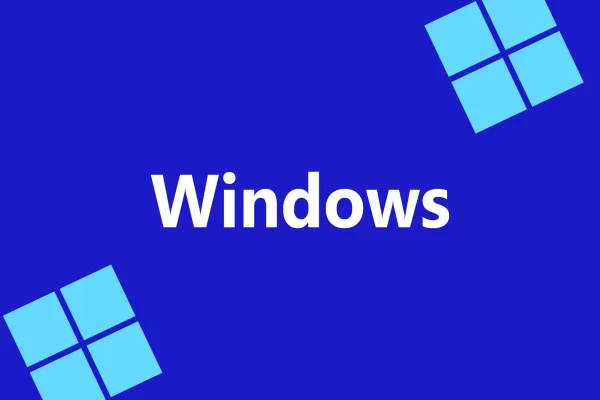 Windows Adds Support for AI App Interconnect Standard
Microsoft is doubling down on its AI strategy for Windows with two major developments: native integration of the Model Context Protocol (MCP) and the introduction of Windows AI Foundry. These foundational moves pave the way for Microsoft's vision of
Windows Adds Support for AI App Interconnect Standard
Microsoft is doubling down on its AI strategy for Windows with two major developments: native integration of the Model Context Protocol (MCP) and the introduction of Windows AI Foundry. These foundational moves pave the way for Microsoft's vision of


